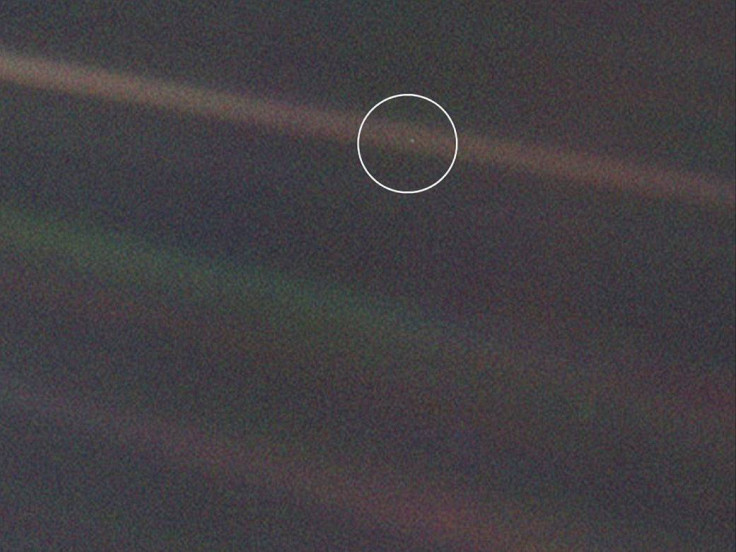Nasa's New Horizons will give us the next 'Pale Blue Dot' photo in 2019
New Horizons will turn its cameras back at us and take the furthest ever image taken of Earth from Earth.

The New Horizons spacecraft, which is now far outside the solar system, will turn around and take a photograph of the Earth in 2019. It will be the furthest image ever shot of the planet from Earth.
New Horizons, which is now in the Kuiper Belt made a close fly by to Pluto, giving the clearest ever possible views of the dwarf planet ever seen in 2015. The spacecraft then continued its journey into the galaxy and is at present flying at speeds of over 13km or 47,000 kmh.
In less than a year, by January 2019, New Horizons will turn around and point its Long-Range Reconnaissance Imager (Lorri) back at Earth and click what astronomers are calling the next Pale Blue Dot after over 30 years since the first one was taken, reports the Atlantic. "We've been talking about it for years," says Andy Cheng, a scientist at Johns Hopkins University's Applied Physics Laboratory and the principal investigator for Lorri.
The idea, however, is not without its risks. Cheng says that turning the camera to face Earth also means looking at the Sun which can damage or destroy Lorri. So they need to look at Earth, but avoid pointing the lenses directly at sunlight.
"But we're going to do it anyway, for the same reason as before," Cheng says. "It's just such a great thing to try."
Taking the image, however, is not as easy as setting up a tripod and clicking away. "All activities on the spacecraft need to be choreographed in elaborate detail and then checked and checked again," Cheng explains.
"Taking a Lorri image involves more than just Lorri—the spacecraft needs to point the camera in the right direction, Lorri needs to be operated, the image data needs to be put in the right place and then accessed and transmitted to Earth, which requires more manoeuvrers of the spacecraft, all of which needs to happen on a spacecraft almost 4 billion miles away."
Looking at Earth from that distance is going to make it seem really small. He added that it is going to be difficult to pick out the tiny bright dot. When Voyager flew through the Kuiper Belt 30 years back, it turned around to make one final image of the Earth before its cameras were shut down and that what came as a result was an emotive, humbling, and rather evocative image. Carl Sagan named it the "Pale Blue Dot" and the speech he delivered after he saw it is moving and relevant even today.
Earth in the photograph was registered as less than a pixel. Sagan called it, "a mote of dust suspended in a sunbeam".
New Horizons will attempt to recreate that iconic image next year. "Taking images and returning them from the greatest distances—it's just mankind's reach extending farther," Cheng says.





















